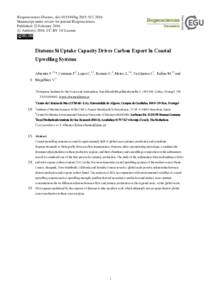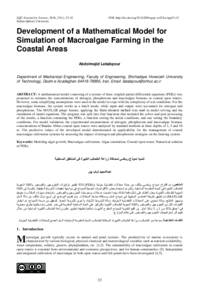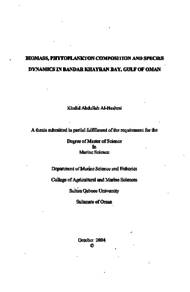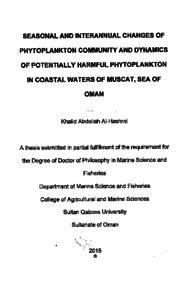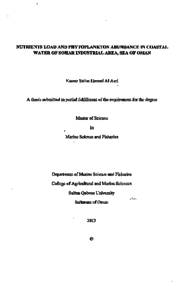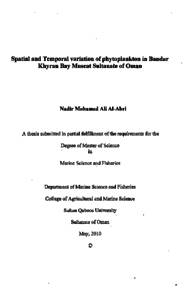Document
Diatoms Si uptake capacity drives carbon export in coastal upwelling systems.
Identifier
DOI: 10.5194/bg-13-4099-2016
Contributors
Cermeno, P., Author
Lopes, C., Author
Romero, O., Author
Matos, L., Author
Van, Iperen J., Author
Rufino, M., Author
Magalhães, V., Author
Publisher
Copernicus GmbH.
Gregorian
2016-07
Language
English
Subject
English abstract
Coastal upwelling systems account for approximately half of global ocean primary production and contribute disproportionately to biologically driven carbon sequestration. Diatoms, silica-precipitating microalgae, constitute the dominant phytoplankton in these productive regions, and their abundance and assemblage composition in the sedimentary record is considered one of the best proxies for primary production. The study of the sedimentary diatom abundance (SDA) and total organic carbon content (TOC) in the five most important coastal upwelling systems of the modern ocean (Iberia-Canary, Benguela, Peru-Humboldt, California, and Somalia-Oman) reveals a global-scale positive relationship between diatom production and organic carbon burial. The analysis of SDA in conjunction with environmental variables of coastal upwelling systems such as upwelling strength, satellite-derived net primary production, and surface water nutrient concentrations shows different relations between SDA and primary production on the regional scale. On the global scale, SDA appears modulated by the capacity of diatoms to take up silicic acid, which ultimately sets an upper limit to global export production in these ocean regions.
Member of
ISSN
1726-4170
Resource URL
Category
Journal articles

